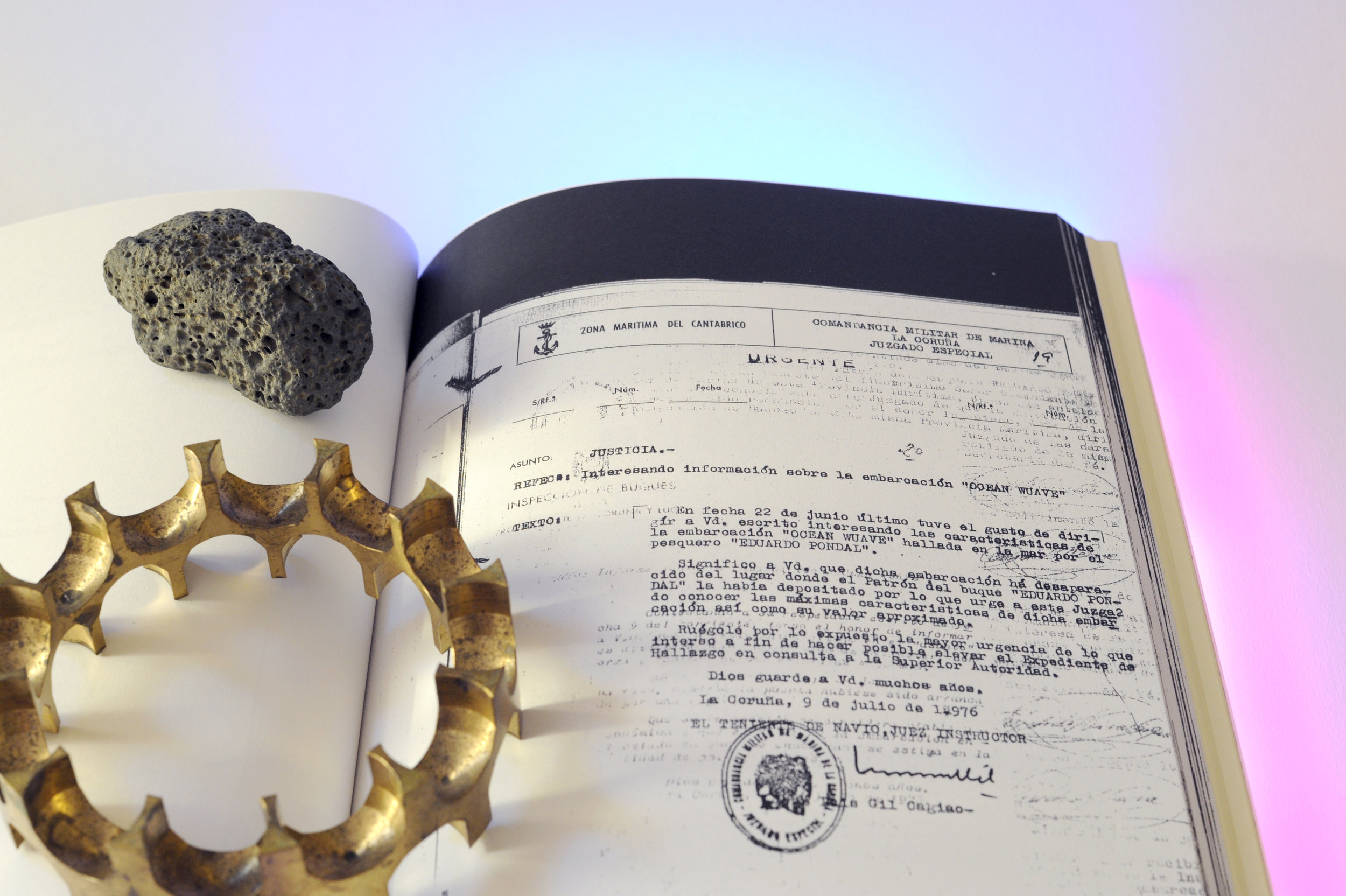copyediting &
line editing
Much in the way you don’t think about the sidewalk beneath your feet unless it’s unevenly paved or has random gaps, a reader is less aware of a copyeditor’s presence than a copyeditor’s absence. As the legendary editor (yes, we have those) Carol Saller puts it: “The best reading experience results from a great many editing choices that are insignificant in themselves. Taken together, they add up to elegant and coherent writing.”
Copyediting is not only about making your text shiny and sparkly—removing any grammatical, stylistic, or content errors that can trip up a reader or make a text look less than professional—but also about making sure you are still present in your work.
+ + +
In my experience, almost all copyediting involves simultaneous line editing. With the few exceptions that I outline at the end of this section, line editing plus copyediting is probably what you want from a “copyeditor.”
Line editing, or stylistic editing, focuses on content and considers things like
paragraph structure (e.g., increasing readability
and flow)sentence structure (e.g., eliminating passive voice or convoluted structure)
word usage (e.g., connotative issues, repetition)
redundant and contradictory statements
stylistic choices (e.g., audience considerations, identifying clichés)
Copyediting focuses on mechanics and considers
things like
style consistency
grammar and spelling
punctuation choice and placement
citation formatting
some fact checking
+ + +
Standalone copyediting is a good option if another editor has already reviewed your text or you need your text (and citations) to conform to a specific style before submission. This includes a journal's in-house style sheet or a university's chosen style guide, such as Chicago, MLA, and Harvard.









